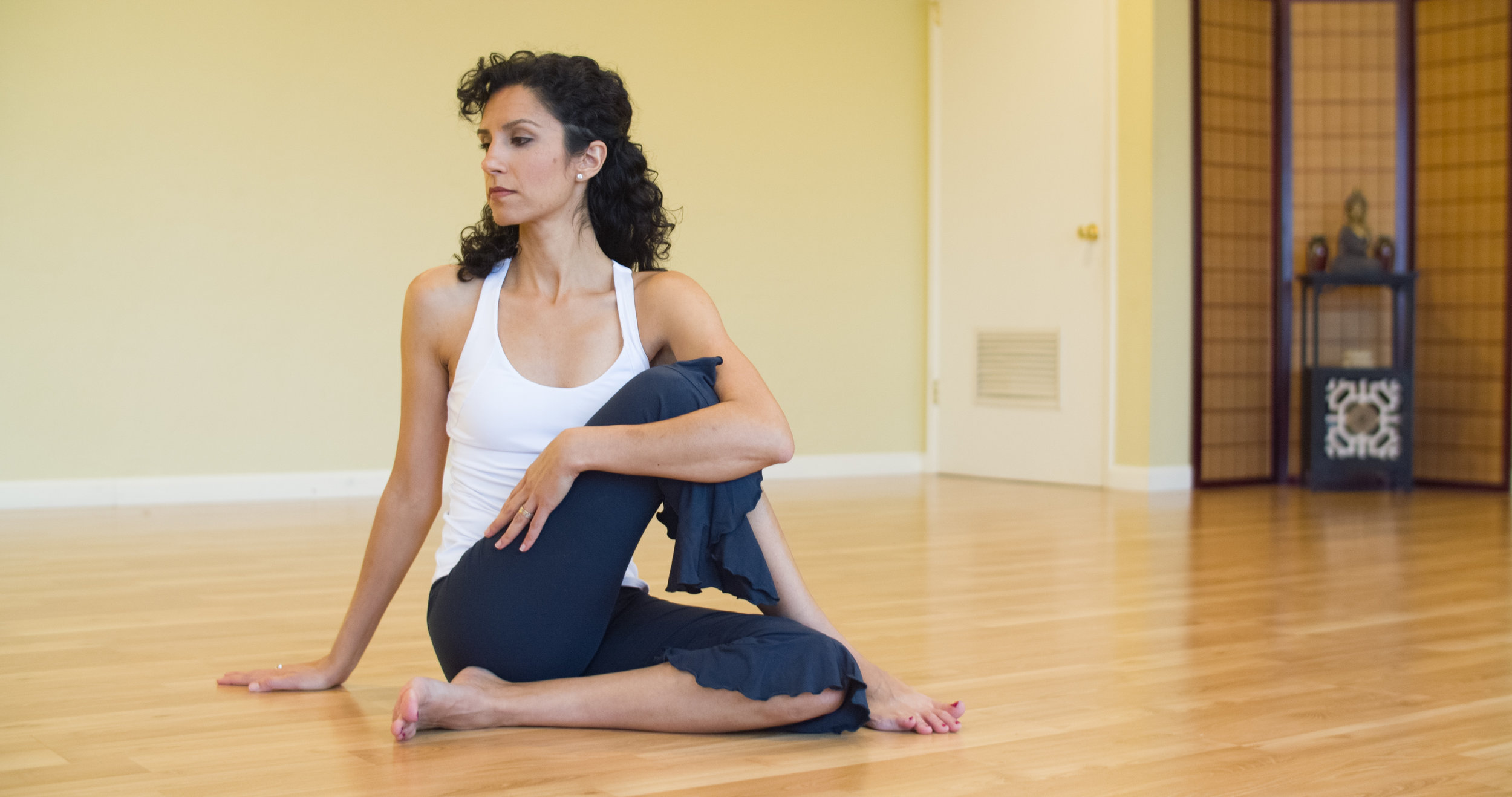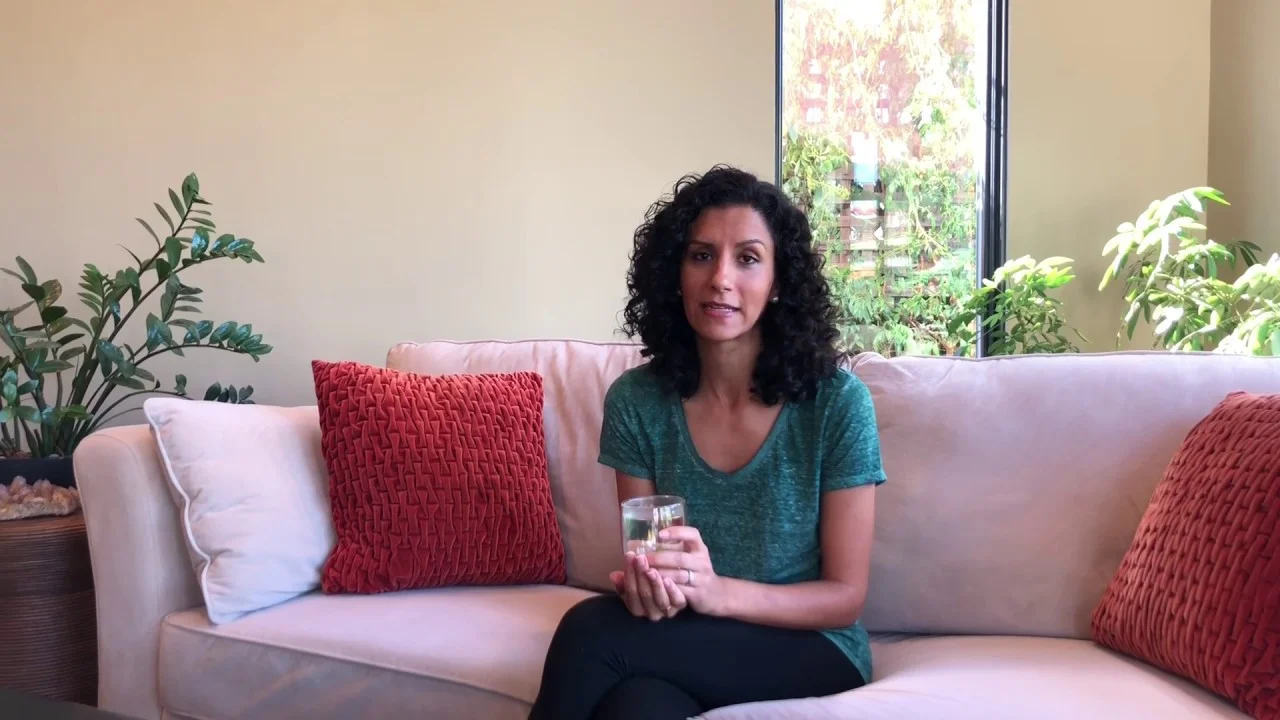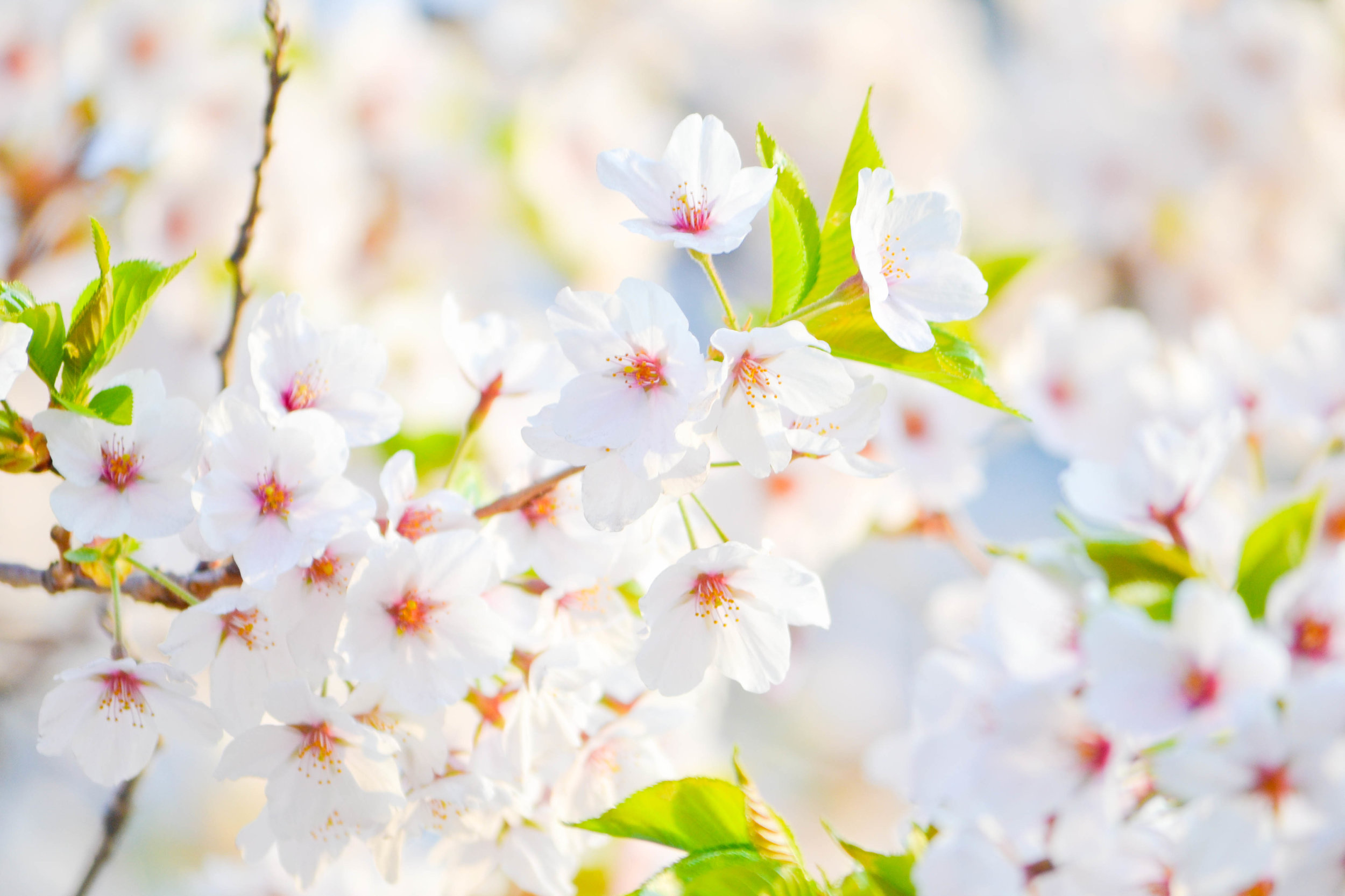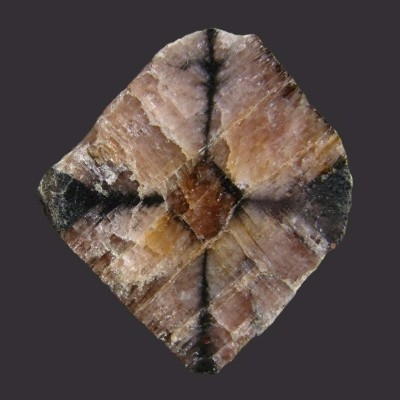We all feel pain in some way or another. Whether it’s an injury or a catastrophic life change, suffering seems inherent to being human.
And yet so much of our suffering is by choice.
We stress about things we can’t control or worry about a future we can’t see or predict.
On a physical level, we get injured when we’re not being gentle with ourselves or if we need to slow down.
The challenges in the body often reflect what’s happening in the mind. We harbor years-long resentment that eventually manifests in the body as a life threatening illness or disease. We carry the wounds of our past on our shoulders, creating neck pain and tension and even inhibiting physical mobility. We fear our future and find that our lower back is gripping, tight and even loses stability.
So why do we allow ourselves to suffer so much pain?
As our consciousness expands, the hope is that while the struggles of life may continue, we can mitigate or even eliminate our experience of suffering. And while I realize it’s not so easy to just let go of suffering, Chinese Medicine offers some invaluable tools that can help you understand and find purpose through your pain.
Pain has a purpose and the potential to awaken a consciousness that eventually moves you to a greater sense of peace.
Here are three important lessons we can all learn when we experience pain.
Lesson #1: Pain Awakens You to the Present Moment
A couple Saturdays ago, I asked my husband to take our dog out so I could have some downtime alone at home. I looked forward to having the morning on my own before I had to teach a private yoga class.
Rather than savor the time and take things slowly, I found myself rushing through my yoga practice so I could get through a long list of to do’s before the rest of my family returned home.
As I practiced outside, I focused on all the things that needed to be done in our garden. And since time was limited, I shifted to a faster, more active practice. As I began to work with more intensive exercises (while simultaneously thinking about what I needed to do next), I heard a pop in my lower back…then pain that began to radiate into my left hip.
While I began to move more slowly and finally be more present, I didn’t stop. My body still warm, I continued with some work around the the house before leaving to teach a private yoga class. By the end of the session, I felt the pain worsen.
”As long as I listen and be with this, it’ll go away,” I thought. Not so fast, unfortunately.
By the time I got home, the pain moved quickly from mild to sharp and by the end of the afternoon I literally couldn’t walk.
The shock left me more present than I had been all day, and perhaps longer.
In starting the day off hurried trying to get everything done, I spent that weekend in bed unable to get anything done and hardly able to move - or sleep - from the pain.
I realized just how out of the present moment I was in an effort to achieve rather than simply be.
Luckily, my husband is a master of his craft and with daily Acupuncture, he helped get me walking within a couple days and teaching comfortable by the following week. But it was a humbling experience to say the least.
As a yoga teacher and acupuncturist you’d think I’d know better, but as a human I’d allowed my mind to override and disempower my body.
Sometimes it takes an injury or severe pain to wake us up more fully to the present moment.
But if you hear the call to be more present, it’s likely that the pain will abate sooner than later.
Lesson #2: Pain Drives You Deeper into Your Body
When I teach Yin Yoga, I often teach the concept of playing your edge. This means going into a stretch deeply enough that it challenges you without compromising your ability to breathe deeply while you hold the posture.
So too in life, it’s important to play your edge in order to grow.
In other words, you want to do things that challenge you but don’t cause you suffering.
Work on projects, take up hobbies, but avoid pushing anything you do to the point of pain.
We’re such a driven society that we often feel that when we want to do something, we need to push ourselves to the point of complete exhaustion. Oftentimes your body will stop you as you’re starting to reach that point by creating physical pain.
This results because of an imbalance of Yin and Yang—in this case a predominance of Yang.
The Yin aspect of your body comprises your fluids and blood, while the Yang is associated with your Qi, or energy.
Yang is active and assertive, Yin is more quiet and passive. And while both aspects coexist and are interdependent, an excess of either can lead to pathology.
Excessive exertion causes a predominance of Yang, which can damage the Yin fluids and cause injury over time.
That’s why self-care must be done for the purpose of prevention and not just as a response to injury, pain or discomfort.
When you take care of yourself, you’re able to hear your body when it’s fatigued or uncomfortable—and shift to slow yourself down before it’s too late.
Your body has an innate wisdom. Cultivating your mind-body-breath connection through practices like Yoga and Qi Gong helps keep you attuned to this wisdom and know when it’s necessary to make a shift.
Lesson #3: Pain Instigates an Exploration & Understanding of Your Mind
The human mind can be stubborn and unfocused, especially if it’s exhausted or lacks direction.
However, it’s important to remember that you are not your mind. By learning to temper and control your mind, you can use it to heal your body more quickly.
The challenge with the mind is that it’s difficult to change, which is why it’s important to train the body first.
Your body is the most powerful vehicle you have to drive change in your mind, and life.
This is why practices like meditation that focus on the mind - without first cultivating your body - can cause you to become more disembodied and lead to mental instability.
On the other hand, embodiment practices like Yoga and Qi Gong anchor you into your physical body, and harness the breath to bring you into a state of presence.
Connecting your body and breath can transform your experience, and alleviate much of the suffering that’s perpetuated by your mind.
Wisdom resides in your body — your gut feeling is a feeling, after all.
The mind is what distracts you from that inner wisdom, leading you out of the present moment to focus instead on a narrative about the past, what you ‘should’ be doing or what could come of the future.
When your mind is quiet, you can see things more clearly for what they are rather than lead with fear or resistance.
When your mind is quiet, you are fully present in the moment, without judgment.
When your mind is quiet, you can fully embrace your experience for what it is and allow the lessons that arise out of that experience find their way to you.
To quiet your mind completely, you must be fully embodied.
It often takes walking along a path of pain and suffering to get to the quietude.
Nevertheless, that pain has value and if you listen for the lessons, then you can more quickly move through the pain and find greater ease in your life.
* Ready for relief? Acupuncture can help. Not only does it support your embodiment, but it’s also one of the most effective forms of pain management.






















